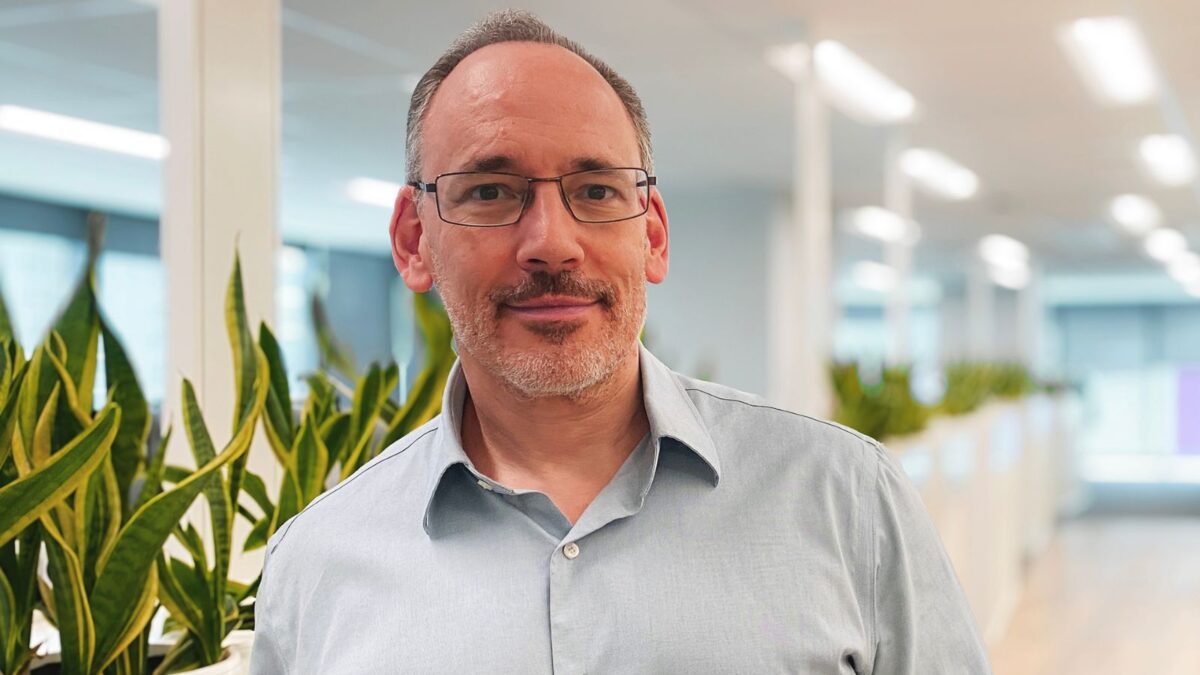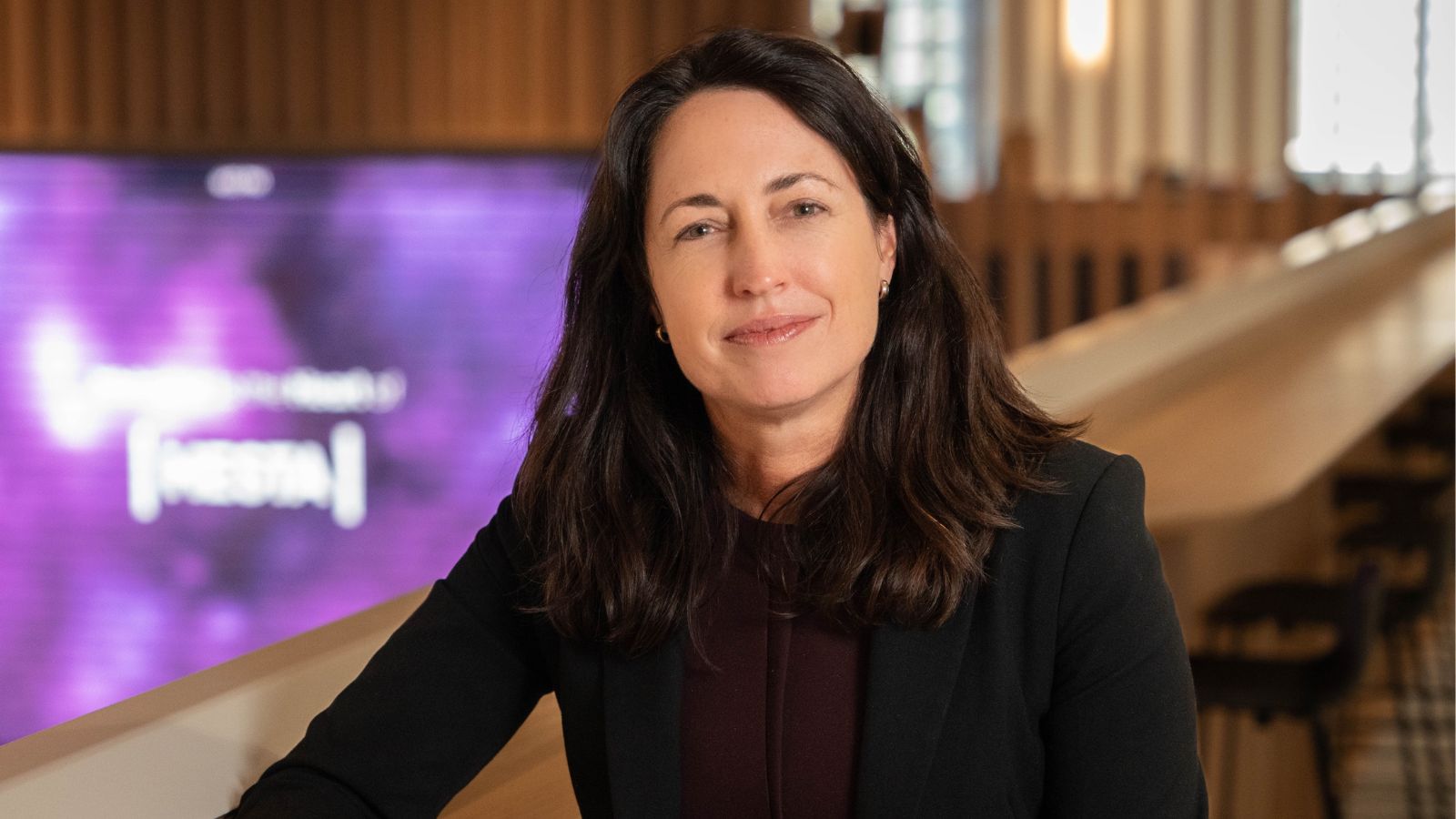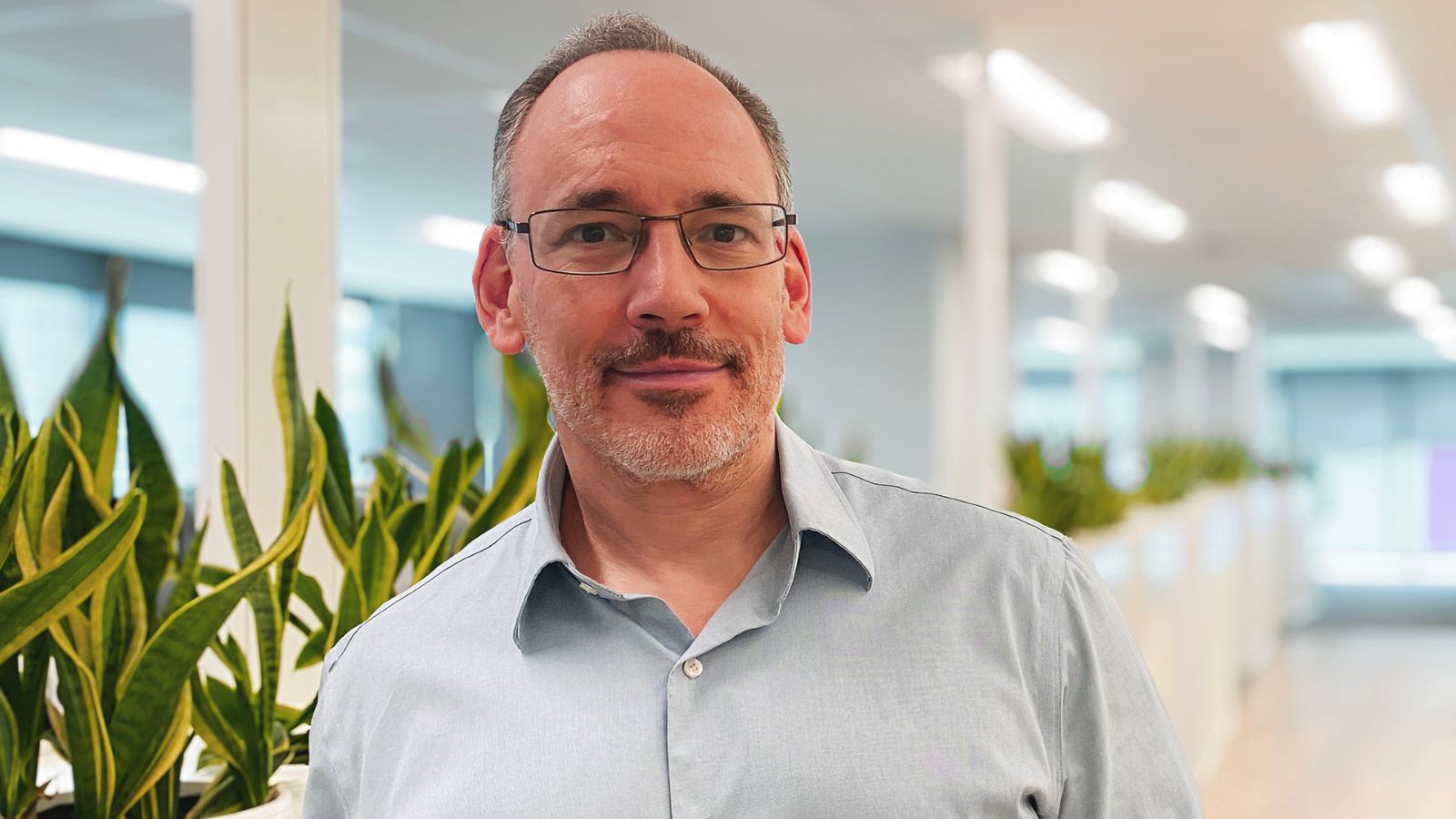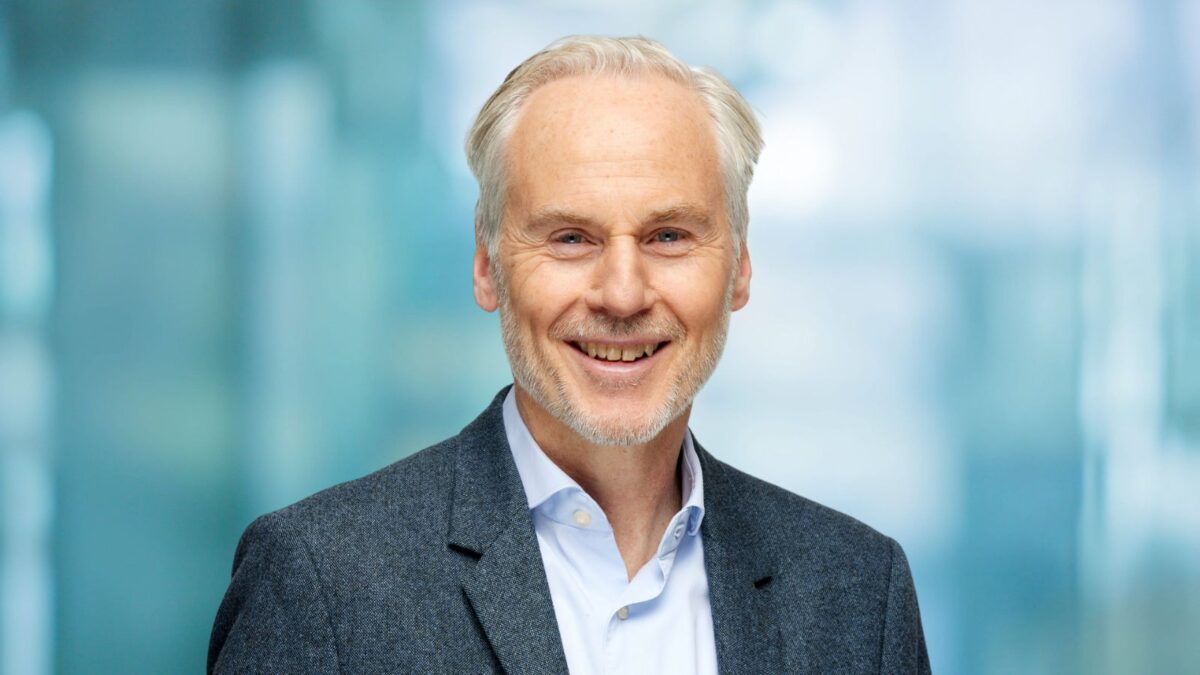Henderson-Janus merger makes for truly global business
(pictured: Andrew Formica and Rob Adams)
The Henderson Group and Janus Capital Group proposed merger announced late yesterday will make for a company with a better global reach managing a combined US$322 billion. Henderson’s Pan Asia executive chair, Rob Adams, will become head of Asia Pacific in the combined operation.
The US-headquartered Janus has US$195 billion under management and the London-headquartered Henderson has US$127 billion, but Henderson shareholders will end up with 57 per cent of Janus Henderson Global Investors, versus Janus’s 43 per cent, reflecting the differences – and complementarity – of the two businesses.
Asia Pacific, including Japan, will represent about 15 per cent of the combined business – Australia’s US$24 billion, Japan’s US$16 billion and Asia-ex Japan’s US$9 billion.
Since the GFC, Janus in particular has lifted its capabilities in what it calls “mathematical equity”, which includes smart beta strategies, and has started an ETF business and more than quadrupled the share of its assets in fixed income. These asset classes and strategies all tend to be low-fee offerings, but they are an increasing part of the global investment universe.
With respect to its fixed income growth, Janus acquired 51 per cent of Australian fixed income manager Kapstream Capital last year and famously recruited former PIMCO founder Bill Gross in 2014 who maintains a strong US following. Kapstream co-founder Kumar Palghat was co-manager on Gross’s Janus unconstrained bond fund for a time but is now managing a new active fixed income ETF in the US instead, as well as his Kapstream Australia responsibilities.
Henderson has a bigger global equity presence and much smaller US equity presence. The majority of Henderson’s strategies are traditional fundamental active.
The industry trends which drove the proposed merger, according to yesterday’s announcement to the ASX, where Henderson is listed as well as London, were:
- rising industry-wide costs necessitating greater economies of scale
- distribution networks and product manufacturing need to grow for an increasingly diverse global client base
- greater fee transparency will put more pressure on smaller less-diversified businesses
- global regulations and other drivers require increasing investment in technology and data management, and
- active managers must produce differentiated performance as passive continues to grow.
In Australia, Henderson has grown both organically and by acquisition since setting up an Australian office in Sydney in 2013. But the former AMP subsidiary has had a significant Australian shareholder base since inception as a separate public company. Its chief executive, Andrew Formica, is an Australian who worked for AMP prior to Henderson.
Janus has had a smaller Australian office, but for longer, based in Melbourne, run by John Landau. It has built a solid Australian-sourced investor base.
Globally the company will have joint CEOs, Formica from Henderson and Janus’s Dick Weil, who will both reside in London. Completion is not expected until the second quarter of next year.
– Greg Bright









